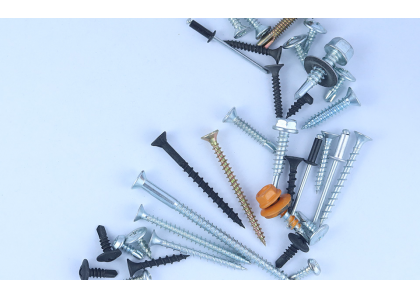
Screws are made of metal, and the corrosion method of metal mainly includes four aspects, namely, the properties of the material itself, the environment used, the data interface and the environment, and the design of the improved metal structure. If a completely corrosion-resistant alloy is produced to make screws, unless there are special requirements or it is not economically practical, Or completely isolating corroded environmental components from appearance may not be feasible in practice and may be difficult. Improving the design of metal structure in some cases can improve the impact of specific situations, but most screw design can not be completely changed, its maintenance function is not permanent, so this method can not solve the problem, as long as the interface, surface anticorrosion treatment can be basically, is the most widely used method to prevent corrosion.
The anti-corrosion treatment of screw surface refers to the application of a maintenance layer on the metal surface in a variety of ways. Its role is to isolate the metal and the corrosion environment, inhibit the corrosion process, or reduce the contact between the corrosive medium and the metal surface, and achieve the purpose of avoiding or reducing corrosion.
The maintenance layer must meet the following requirements:
1, corrosion resistance, wear resistance, high hardness.
2, the structure is tight, complete, small porosity.
3, strong separation from the base material, good adhesion.
4. Average distribution, certain thickness.
Maintenance layer is usually divided into metal coating and non-metal coating. Metal coating refers to the use of strong corrosion resistance of metal or alloy on the corrosion prone metal surface to form a layer of maintenance, this coating is also known as coating. There are many production methods and varieties of metal coating, among which electroplating is the most common, followed by metal melting plating (hot dipping plating) and chemical surface treatment. Non-metallic coating refers to the use of organic polymer materials (such as coatings) and inorganic materials (such as ceramics) to form a maintenance layer on the surface of metal equipment or parts. The maintenance layer can be completely isolated from the base material and environmental media to avoid corrosion of the base material due to contact corrosion in the standard part media.